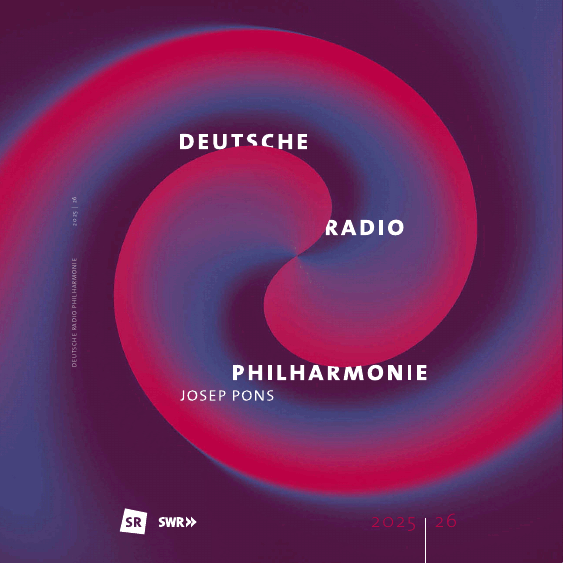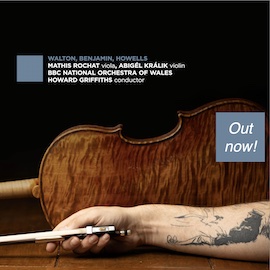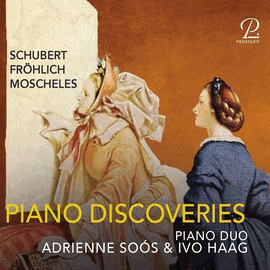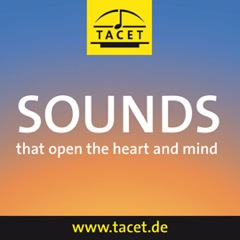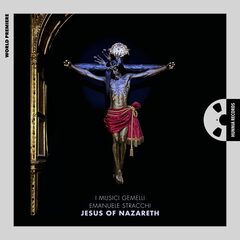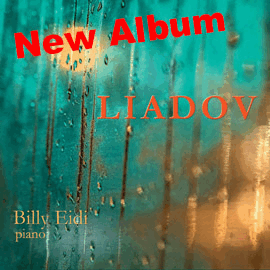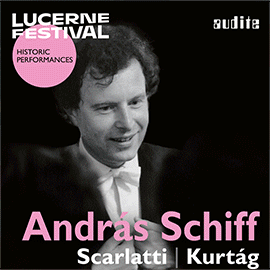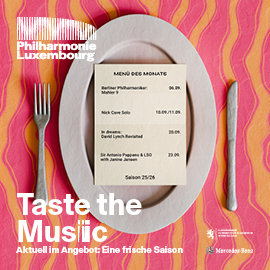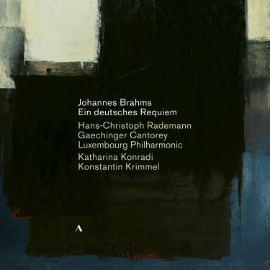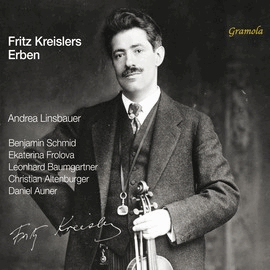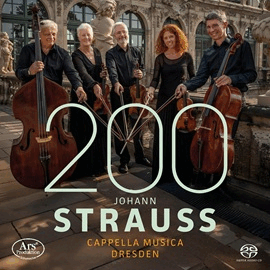Dieses Werk mit dem Titel Jesus von Nazareth entspringt einer tiefen sakralen Inspiration des Komponisten und steht in der Tradition extraliturgisch religiöser Musik. Mit stilistischen und formalen Bezügen zum gregorianischen Gesang, der Polyphonie und der Zahlensymbolik schlägt es den Bogen zu früheren sakralen Kompositionen. Im Stück hat jede Geste, jedes Intervall, jede Pause eine symbolische und spirituelle Bedeutung, so als ob jedes musikalische Element an der Geschichte teilnähme.
Neu an dieser Komposition ist die Konzentration auf nur zwei Violinen. Damit wendet sich Stracchi von den zumeist größeren Besetzungen ab, vor allem weitgehend vom gesprochenen oder gesungenen Wort, so dass eine größere Abstraktheit erreicht wird.
Der Begleittext gibt in jeweils einigen Dutzend Sätzen das Leben Jesus von Nazareth gemäß der Bibel wieder wie er auch einen Abriss durch die Geschichte der sakralen Musik von der Monodie bis zu heutigen Formen und damit unterschiedlichen Besetzungsformen mitteilt. Damit will das Werk auch zur Einfachheit und dem Fokus des Ausdrucks der religiösen Dimension zurückkehren. Doch die Musik bedient sich auch der musikalischen Symbole wie sich kreuzenden Stimmen zur Darstellung des Kreuzigungskontextes und sie nutzt etwa den Kanon als madrigale Ausdrucksform.
Die Zwillinge Francesco und Giuseppe Pio Bertozzi, als I Musici Gemelli firmierend, haben sich diese Gedankenwelt zu Eigen gemacht. Sie zeigen dieses Stück in aller Schlichtheit, so dass sie in ihrem Spiel durchaus auch den Eindruck des Etüdenhaften erreichen. In drei Sätzen ergänzt das gesprochene Wort das Wirken der Streicher. Die Brüder meistern das homogene Miteinander der Stimmen, um ein geschlossenes Klangbild zu erreichen. In den zwölf Sätzen vermitteln sie eine meditative und spirituelle Reise durch die wichtigsten Episoden im Leben Jesu Christi.
Wer diesem religiösen Ansatz nicht folgen will, kann immerhin die Musik als ein Violinduo hören, das eng miteinander verbunden agiert.
This work, entitled Jesus of Nazareth, springs from the composer’s deep sacred inspiration and follows in the tradition of extraliturgical religious music. With stylistic and formal references to Gregorian chant, polyphony, and numerical symbolism, it builds on earlier sacred compositions. In the piece, every gesture, every interval, every pause has a symbolic and spiritual meaning, as if every musical element were participating in the story.
What is new about this composition is its focus on only two violins. In doing so, Stracchi turns away from the mostly larger ensembles, especially from the spoken or sung word, so that a greater degree of abstraction is achieved.
The accompanying text recounts the life of Jesus of Nazareth according to the Bible in a few dozen sentences, as well as providing an overview of the history of sacred music from monody to contemporary forms and the different types of instrumentation used. In this way, the work also seeks to return to simplicity and focus on the expression of the religious dimension. However, the music also makes use of musical symbols such as intersecting voices to represent the context of the crucifixion, and it uses the canon as a madrigal form of expression.
The twins Francesco and Giuseppe Pio Bertozzi, performing as I Musici Gemelli, have made this world of ideas their own. They perform this piece with great simplicity, so that their playing also gives the impression of being etude-like. In two movements, the spoken voice complements the strings. The brothers master the homogeneous blending of their voices to achieve a cohesive sound. In the twelve movements, they convey a meditative and spiritual journey through the most important episodes in the life of Jesus Christ.
Those who do not wish to follow this religious approach can still listen to the music as a violin duo that works closely together.



